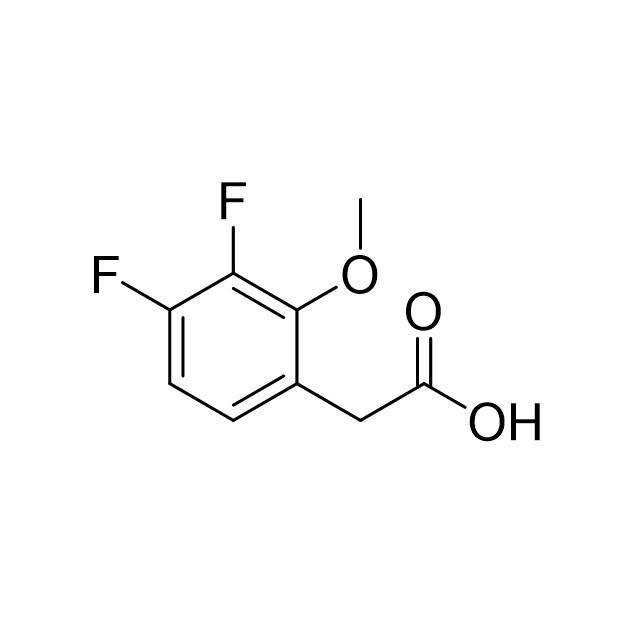- Abemaciclib Intermediates
- Larotrectinib Intermediate
- Ivacaftor Intermediates
- AZD-9574 Intermediate
- AZD-5305 Intermediate
- Delafloxacin Intermediates
- Ponatinib Intermediates
- Baloxavir Intermediates
- Lisapram Intermediates
- Suzetrigine(VX548) Intermediate
- Resmetirol GL3196 Intermediate
- Dotinod Intermediates
- Other Intermediates
3,4-Difluoro-2-methoxyphenylacetic acid CAS:1558274-26-2
ZhonghanProduct Overview
3,4-difluoro-2-methoxyphenylacetic acid is an organic compound with a specific structure and properties. Its molecular formula is C9H8F2O3 and its molecular weight is about 202.15. From the chemical structure, the compound is based on phenylacetic acid. The 3rd and 4th positions of the benzene ring are connected to fluorine atoms (-F), the 2nd position is connected to methoxy (-OCH3), and the carboxyl group (-COOH) is connected to the side chain of the benzene ring. This structure gives it unique chemical activity and physical properties. In appearance, 3,4-difluoro-2-methoxyphenylacetic acid is usually a white to off-white crystalline powder with a certain stability and regular crystal morphology.
ZhonghanStructural formula
Molecular formula |
C9H8F2O3 |
Molecular weight |
202.15 |
Boiling point |
286.5±35.0 °C (Predicted) |
Density |
1.354±0.06 g/cm3 (Predicted) |
Storage conditions |
Inert atmosphere, 2-8°C |
Acidity coefficient (pKa) |
3.91±0.10 (Predicted) |
Form |
Crystalline powder |
Color |
White |
ZhonghanPhysical properties
1. Chemical stability: At room temperature, pressure and general storage conditions, 3,4-difluoro-2-methoxyphenylacetic acid exhibits good chemical stability. However, since its molecules contain carboxyl and methoxy groups, they may react in strong acid-base activities. For example, the carboxyl group will undergo a neutralization reaction under alkaline conditions to generate the corresponding carboxylate; the methoxy group may be protonated or replaced by other groups under strong acidic conditions. In addition, the fluorine atom on the benzene ring may also undergo a substitution reaction under the action of specific nucleophiles.
2. Solubility: This product is slightly soluble in water. This is because although there are polar carboxyl groups in its molecular structure, the presence of benzene rings, fluorine atoms and methoxy groups makes the overall molecule relatively weak in polarity and has limited interaction with water molecules. However, it is soluble in a variety of organic solvents, such as ethanol, acetone, and dichloromethane. This solubility feature enables it to be fully dispersed and participate in the reaction in a suitable solvent system in organic synthesis reactions, providing convenience for subsequent synthetic operations.
3. Reactivity: The reactivity of 3,4-difluoro-2-methoxyphenylacetic acid mainly comes from its carboxyl group, methoxy group and fluorine atoms on the benzene ring. The carboxyl group is acidic and can react with bases to form salts. It can also undergo esterification reactions with alcohols to form corresponding ester compounds. The methoxy group has a certain electron-donating effect, which will affect the electron cloud density on the benzene ring, thereby affecting the substitution reaction activity on the benzene ring. The oxygen atom on the benzene ring has a large electronegativity. This makes the ortho and para carbon atoms have a certain electrophilicity and easily undergo nucleophilic substitution reactions with nucleophilic reagents.
ZhonghanApplication Areas
1. Pharmaceutical field: As an important pharmaceutical intermediate, 3,4-difluoro-2-methoxyphenylacetic acid has a wide range of applications in drug research. Fluorinated drugs often have better biological activity, metabolic stability and pharmacokinetic properties. By structurally modifying and functionalizing the compound, a variety of drug molecules with special biological activities can be synthesized, such as drugs for the treatment of cardiovascular diseases, nervous system diseases and tumors. Its unique structure and reactivity provide rich possibilities for the design and synthesis of drug molecules.
2. Pesticide field: In the pesticide industry, 3,4-difluoro-2-methoxyphenylacetic acid also plays an important role. Fluorine-containing pesticides have the advantages of high efficiency, low toxicity, and low residue. The special structure and reaction activity of this compound can be used to prepare pesticide varieties with good insecticidal, fungicidal, and herbicidal activities, providing effective protection for agricultural production and promoting the development of green agriculture.
3. Materials Science: With the continuous development of materials science, 3,4-difluoro-2-methoxyphenylacetic acid is also used in the preparation of some new organic functional materials. For example, it can be used as a structural unit in the synthesis of polymers to give materials special properties, such as improving the solubility, thermal stability and mechanical properties of materials, and is used in high-performance coatings, engineering plastics and other fields.

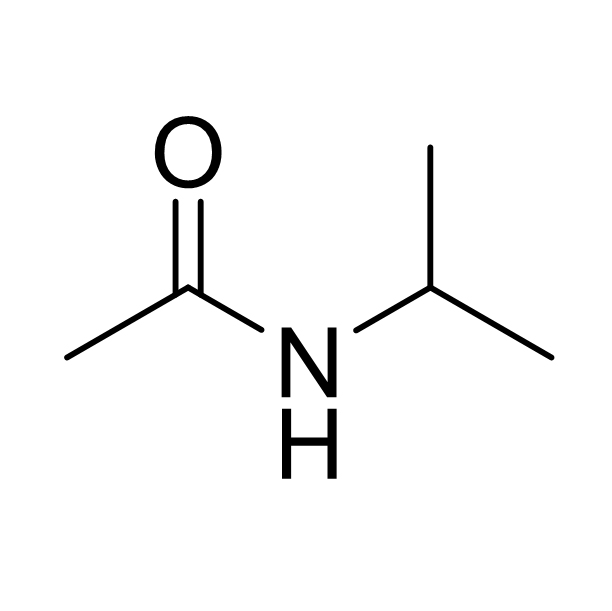
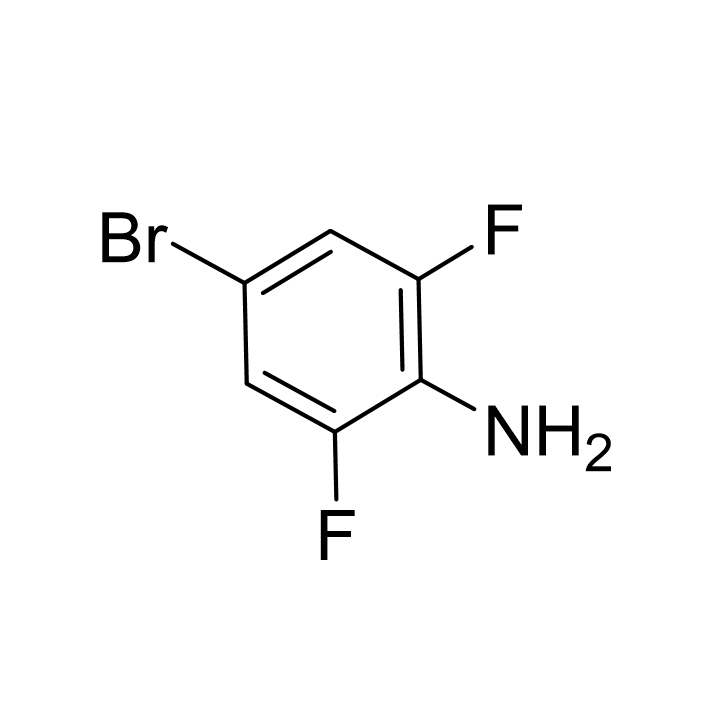
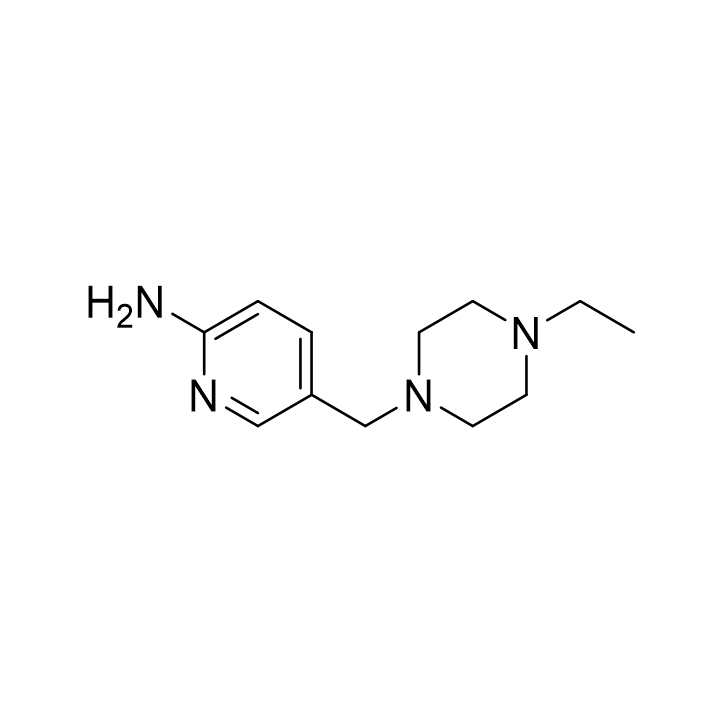
![6-Bromo-4-fluoro-1-isopropyl-2-methyl-1H-benzo[d]imidazole CAS:1231930-33-8](/source/9e9faa51f944bc7ac934c145f661fec3/cas1231930-33-8.jpg)
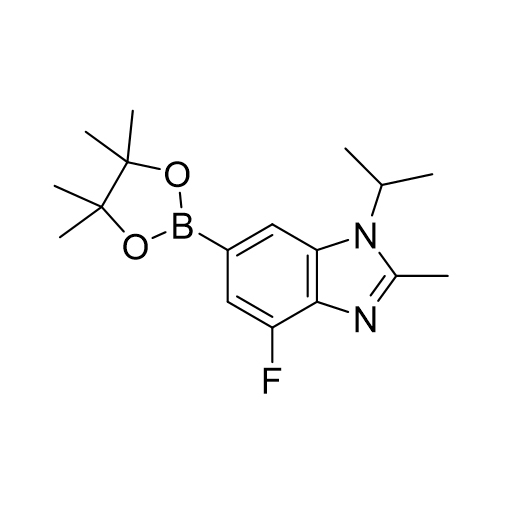
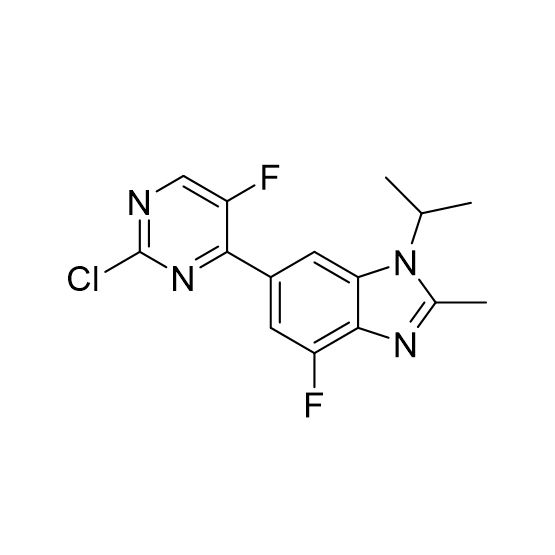
![5-Hydroxypyrazolo[1,5-a]pyrimidine CAS:29274-22-4](https://ecdn6.globalso.com/upload/p/3069/image_product/2025-02/cas29274-22-4.jpg)
![5-Chloropyrazolo[1,5-a]pyrimidine CAS:29274-24-6](/source/2d2e4c8649a6444c8114fbceac0e361d/cas29274-24-6.jpg)
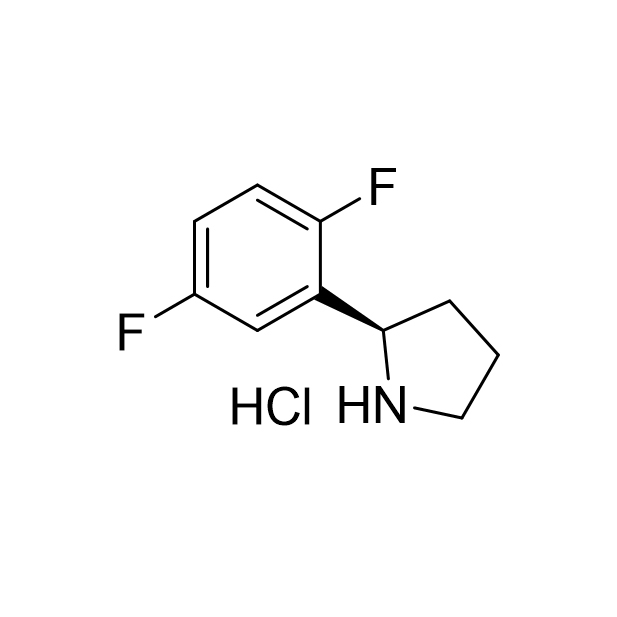
![5-Chloro-3-nitropyrazolo[1,5-a]pyriMidine CAS:1363380-51-1](/source/c735e97d9d2434baa533916048357d17/cas1363380-51-1.jpg)
